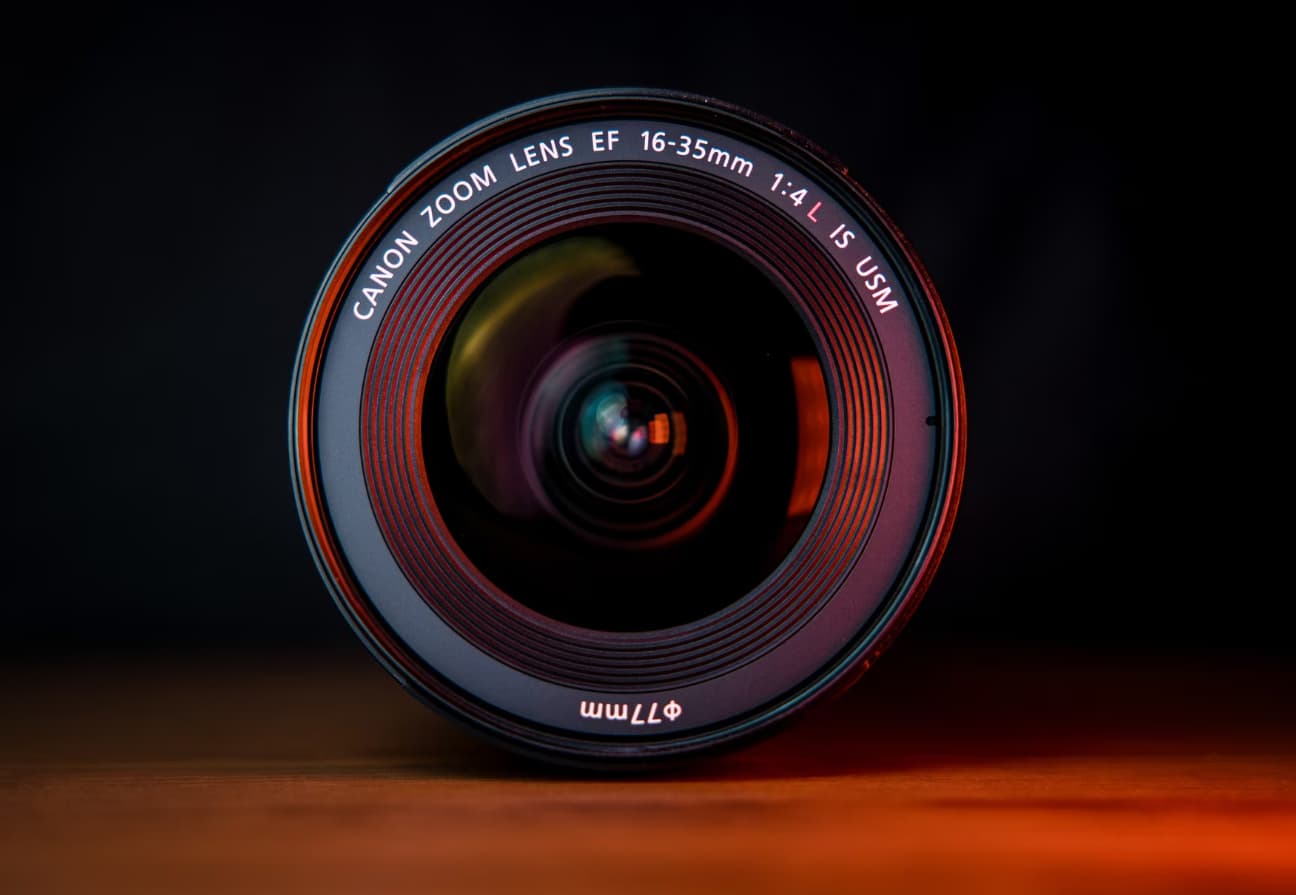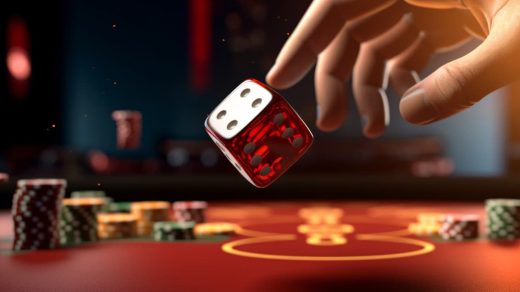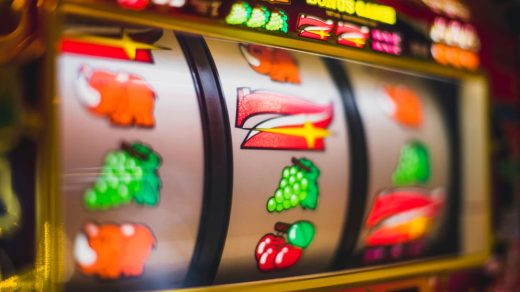Have you ever wondered how to add that magical glow to your photos?
The kind you see in movies and professional photography? Light rays dancing across the frame, creating mood and telling stories through visual effects.
Photography has always been about capturing light, but sometimes we want to add a little extra magic to our images.
Lens flare used to be something that just happened by accident. Photographers would either love it or hate it.
But now, with digital tools, we can control this beautiful effect exactly how we want it. Whether you’re taking pictures of people, landscapes, or events, adding the right lighting effects can make your photos stand out from the crowd.
This is where photeeq lens flare comes into play. It’s a game-changer for anyone who wants to add cinematic quality to their images without spending hours trying to capture the perfect natural flare.
Instead of hoping for the right lighting conditions, you can create stunning effects whenever you want.
Photeeq Lens Flare

In this guide, we’ll walk through everything you need to know about this powerful tool.
From understanding what it is to mastering advanced techniques, you’ll learn how to transform ordinary photos into extraordinary visual stories.
Whether you’re a beginner or experienced photographer, this guide will help you understand and use this amazing feature effectively.
What is Photeeq Lens Flare?
Think of Photeeq Lens Flare as your digital magic wand for creating stunning light effects. It’s a special photo editing tool that lets you add realistic lens flare to any image, even if the original photo had perfect lighting with no natural flare at all.
Real lens flare happens when bright light enters your camera lens and bounces around inside, creating those beautiful streaks and circles of light. But with this digital tool, you don’t need to wait for the perfect lighting conditions or worry about ruining a shot while trying to capture natural flare.
| Natural Lens Flare | Digital Lens Flare Tool |
|---|---|
| Happens by chance | Fully controllable |
| Weather dependent | Available anytime |
| Hard to repeat | Consistent results |
| May ruin shots | Risk-free editing |
The tool works as a plugin within the Photeeq editing suite. It gives you complete control over:
- Where the flare appears in your photo
- How bright or subtle it looks
- What colors it shows
- What type of lens effect it mimics
This means you can add the perfect lighting effect to match your creative vision, whether you want something subtle and natural or bold and dramatic.
Why Use Photeeq Lens Flare?
Many photographers ask, “Why not just capture real lens flare?” The answer is simple: control and consistency. Here’s why this tool has become so popular among creators:
Creative Freedom
- Add flare to photos taken in any lighting condition
- Experiment without risking your original shot
- Create effects that would be impossible to capture naturally
- Match lighting across multiple photos in a series
Time and Cost Savings
- No need to reshoot when natural flare doesn’t work
- Skip the trial-and-error process of positioning lights
- Work from home instead of waiting for perfect outdoor conditions
- Save money on additional lighting equipment
Professional Results When you use Photeeq Lens Flare correctly, the results look completely natural. Professional photographers and filmmakers use similar tools to create the polished, cinematic look you see in movies and advertisements.
Emotional Impact Light has a powerful effect on how people feel when they look at photos. The right lens flare can make an image feel:
- Warm and nostalgic (golden, soft flares)
- Cool and futuristic (blue, sharp flares)
- Romantic and dreamy (gentle, diffused flares)
- Dynamic and energetic (bright, colorful flares)
Key Features of Photeeq Lens Flare
Understanding the main features of this tool will help you get the best results. Each feature serves a specific purpose in creating realistic and beautiful effects:
Light Source Position Control This is probably the most important feature. You can click and drag to place the light source anywhere in your photo. The tool automatically adjusts the flare direction and intensity based on where you position it.
Color Temperature Settings
| Color Temperature | Best Used For | Mood Created |
|---|---|---|
| Warm (2000K-3000K) | Sunset/sunrise photos | Romantic, cozy |
| Neutral (4000K-5000K) | General photography | Natural, balanced |
| Cool (6000K-8000K) | Modern/tech themes | Fresh, dynamic |
Intensity and Opacity Controls
- Low intensity: Subtle, natural-looking effects
- Medium intensity: Noticeable but not overwhelming
- High intensity: Bold, dramatic statements
Lens Simulation Profiles The tool includes preset profiles that mimic different types of camera lenses:
- Vintage lenses: Warm, soft flares with character
- Modern lenses: Clean, sharp flares
- Cinema lenses: Hollywood-style dramatic effects
- Specialty lenses: Unique patterns and shapes
Real-Time Preview See your changes instantly as you make them. This feature alone saves hours of work because you don’t have to apply effects and wait to see the results.
How Photeeq Lens Flare Works
The technology behind this tool is quite sophisticated, but understanding the basics will help you use it more effectively.
Layered Rendering System The tool doesn’t just paste a simple flare image onto your photo. Instead, it uses complex algorithms to:
- Analyze your photo’s existing light sources
- Calculate realistic flare positioning
- Blend the effect naturally with your image
- Maintain proper brightness relationships
Light Direction Matching When you place a flare, the tool automatically:
- Studies the shadows in your photo
- Identifies existing light sources
- Matches the flare angle to realistic physics
- Adjusts intensity based on surrounding brightness
Surface Reflection Simulation Real lens flares create multiple internal reflections inside the lens. The tool recreates this by:
- Adding multiple flare elements at different sizes
- Creating realistic bokeh effects
- Generating natural-looking light streaks
- Balancing all elements for authentic results
This scientific approach ensures that your edited photos look natural rather than obviously manipulated.
When to Use Photeeq Lens Flare
Knowing when to use this tool is just as important as knowing how to use it. Here are the best situations for adding lens flare effects:
Portrait Photography
- Outdoor portraits: Add a warm, golden hour glow
- Backlit subjects: Enhance existing rim lighting
- Fashion photography: Create glamorous, editorial effects
- Wedding photos: Add romantic, dreamy atmospheres
Landscape Photography Perfect for enhancing:
- Sunrise and sunset scenes
- Mountain photography with dramatic skies
- Beach scenes with sun over water
- Forest photography with light filtering through trees
Event Photography Great for:
- Concert photography: Add energy and excitement
- Festival images: Create vibrant, dynamic moods
- Party photography: Enhance existing stage lighting
- Sports events: Add drama to action shots
Commercial and Editorial Work
- Product photography: Draw attention to key items
- Advertising images: Create eye-catching visuals
- Magazine covers: Add professional polish
- Website headers: Make content more engaging
Creative Projects
- Artistic photography: Experiment with abstract effects
- Composite images: Unify lighting across multiple sources
- Digital art: Add realistic lighting to illustrations
- Social media content: Make posts stand out
Tips for Getting the Best Results
Getting professional-looking results requires more than just adding flare randomly. Follow these proven techniques:
Match Existing Light Sources This is the golden rule of realistic lens flare:
- Study your photo’s shadows to understand light direction
- Place flare sources where real lights would logically be
- Never add flare that contradicts existing lighting
- Use multiple small flares rather than one large unrealistic one
Start Subtle and Build Up
- Begin with low intensity settings (20-30%)
- Gradually increase until you achieve the desired effect
- Remember: It’s easier to add more than to reduce an overdone effect
- Save multiple versions so you can compare different intensities
Consider Your Image’s Color Palette
| Image Colors | Recommended Flare Colors | Effect |
|---|---|---|
| Warm tones | Golden, amber | Harmonious |
| Cool tones | Blue, white | Balanced |
| Monochrome | Subtle white/yellow | Classic |
| Vibrant colors | Complementary hues | Dynamic |
Layer Multiple Effects For advanced results, try combining:
- Main flare with smaller secondary flares
- Lens flare with vignette effects
- Different opacity levels for depth
- Various color temperatures for complexity
Use the Preview Feature Effectively
- Zoom in to check how flare affects small details
- Zoom out to see overall composition impact
- Toggle preview on/off to compare before and after
- Try different positions before committing
Common Mistakes to Avoid
Learning from common mistakes will save you time and help you create better results faster:
Overusing the Effect Problem: Adding lens flare to every photo Solution: Use it selectively for maximum impact
- Not every image needs lens flare
- Sometimes subtle natural lighting is more effective
- Quality over quantity – make each use meaningful
Ignoring Light Logic Problem: Adding flare where it couldn’t naturally occur Solution: Always study your photo’s existing lighting
- Shadows tell you where light is coming from
- Flare should enhance, not contradict reality
- If there’s no logical light source, don’t add flare
Color Mismatches Problem: Using bright, saturated flares in muted, natural scenes Solution: Match the mood of your image
- Warm photos need warm flares
- Cool photos need cool flares
- Dramatic photos can handle bold effects
- Subtle photos need gentle touches
Wrong Positioning Problem: Placing flare randomly without considering composition Solution: Use composition principles
- Follow the rule of thirds
- Don’t place flare directly over important subjects
- Consider eye movement through the image
- Balance flare with other visual elements
Inconsistency Across Image Series Problem: Using different flare styles in related photos Solution: Develop a consistent style
- Save your favorite settings as presets
- Use similar intensity levels across series
- Maintain consistent color temperatures
- Document your settings for future reference
Photeeq Lens Flare vs. In-Camera Lens Flare
Understanding the differences and advantages of each approach will help you choose the right method for each situation:
Natural In-Camera Flare
Advantages:
- Completely authentic – no digital artifacts
- Unique every time – impossible to replicate exactly
- Interacts naturally with camera sensor and lens
- No post-processing time required
Disadvantages:
- Unpredictable results – hard to control
- Weather dependent – need specific conditions
- May ruin shots – can overpower subjects
- Difficult to repeat – inconsistent across series
Digital Tool Approach
Advantages:
- Complete control over every aspect
- Consistent results every time
- Risk-free experimentation – never ruins originals
- Works in any conditions – studio or outdoor
- Editable after creation – can modify or remove
Disadvantages:
- Requires editing skills – learning curve involved
- Processing time – additional step in workflow
- May look artificial if not done carefully
- Software cost – investment in editing tools
When to Choose Each Method:
Use Natural Flare When:
- You have perfect lighting conditions
- Time permits experimentation
- You want guaranteed authenticity
- Working with minimal post-processing workflow
Use Digital Tools When:
- Working with tight deadlines
- Need consistent results across multiple images
- Shooting in controlled environments
- Want maximum creative control
For more detailed photography techniques, you can explore resources at Digital Photography School
Who Can Benefit from Photeeq Lens?
This powerful tool serves various types of creators, each with different needs and goals:
Professional Photographers
- Wedding photographers: Add romantic atmospheres to ceremony shots
- Portrait photographers: Create stunning backlit effects
- Commercial photographers: Enhance product and advertising images
- Fashion photographers: Add editorial polish to shoots
Content Creators and Influencers
- Instagram photographers: Make posts stand out in feeds
- YouTube creators: Create eye-catching thumbnails
- Blog writers: Enhance images for articles
- Social media managers: Improve brand visual content
Graphic Designers and Digital Artists
- Composite image creators: Unify lighting across multiple sources
- Advertisement designers: Add dynamic visual elements
- Web designers: Create engaging hero images
- Digital artists: Add realistic lighting to illustrations
Filmmakers and Video Editors
- Still photographers: Match video footage lighting
- Promotional material creators: Create consistent visual styles
- Documentary filmmakers: Enhance key moment captures
- Music video creators: Add concert-like atmospheres
Hobbyist Photographers
- Family photographers: Make special moments more memorable
- Travel photographers: Enhance landscape and city shots
- Event photographers: Add energy to celebration photos
- Nature photographers: Create dramatic sunrise/sunset effects
For professional development in photography, consider checking courses at CreativeLive and Udemy.
FAQs
Q: Is this tool suitable for beginners? A: Absolutely! The interface is designed to be user-friendly. Start with the preset profiles and adjust intensity until you get comfortable with the controls. Most beginners can create professional-looking results within their first hour of use.
Q: Will the flare effects look obviously fake? A: When used correctly, the effects look completely natural. The key is following realistic lighting principles and starting with subtle settings. Most viewers won’t be able to tell the difference between natural and digital flare.
Q: Can I use this tool with any photo editing software? A: The tool works as a plugin within the Photeeq suite. Check the official Photeeq website for compatibility information with other editing programs.
Q: How much does it cost? A: Pricing varies depending on subscription plans and feature packages. Visit the official Photeeq website for current pricing and free trial options.
Q: Does it work with RAW files? A: Yes, the tool works with most common file formats including RAW, JPEG, PNG, and TIFF. RAW files often provide better results because they contain more color and brightness information.
Q: Can I remove or modify effects after applying them? A: Yes, if you work with non-destructive editing methods (using layers), you can modify or remove effects at any time. Always save your original files before making permanent changes.
Q: Are there mobile versions available? A: Check the official Photeeq website for mobile app availability. The desktop version typically offers more features and control than mobile alternatives.
Q: How do I avoid making my photos look over-processed? A: The key is subtlety and realism. Start with low intensity, match existing lighting direction, and always ask yourself, “Could this lighting realistically exist in this scene?“
Conclusion
Adding professional-quality lens flare to your photos has never been easier or more accessible. This powerful digital tool transforms what was once an unpredictable photographic accident into a precise creative instrument.
Whether you’re a professional photographer looking to add cinematic polish to client work, a content creator wanting to make social media posts stand out, or a hobbyist exploring creative possibilities, this tool offers the control and consistency needed to achieve your vision.
Remember the key principles: match existing lighting, start subtle, consider your image’s overall mood, and always prioritize realism over flashiness. With practice, you’ll develop an intuitive understanding of when and how to use these effects most effectively.
The digital photography world continues to evolve, and tools like this represent the perfect balance between technological capability and creative expression. They don’t replace the fundamental skills of photography, but rather enhance your ability to realize your creative vision.
Start experimenting today, and discover how the right lighting effects can transform your ordinary photos into extraordinary visual stories that capture attention and emotion. Your audience will notice the difference, even if they can’t quite put their finger on what makes your images so compelling.
Helpful Resources and Learning
For those interested in learning more about lens flare and professional photography techniques, here are some trusted resources:
Photography Education:
- PetaPixel – Photography news, tutorials, and gear reviews
- Digital Photography School – Comprehensive photography education
- CreativeLive – Professional photography courses
- Photography News – Latest Updates in Photography World
Technical Information:
- Cambridge in Colour – In-depth technical photography tutorials
- PhotoPills – Photography planning and education tools



